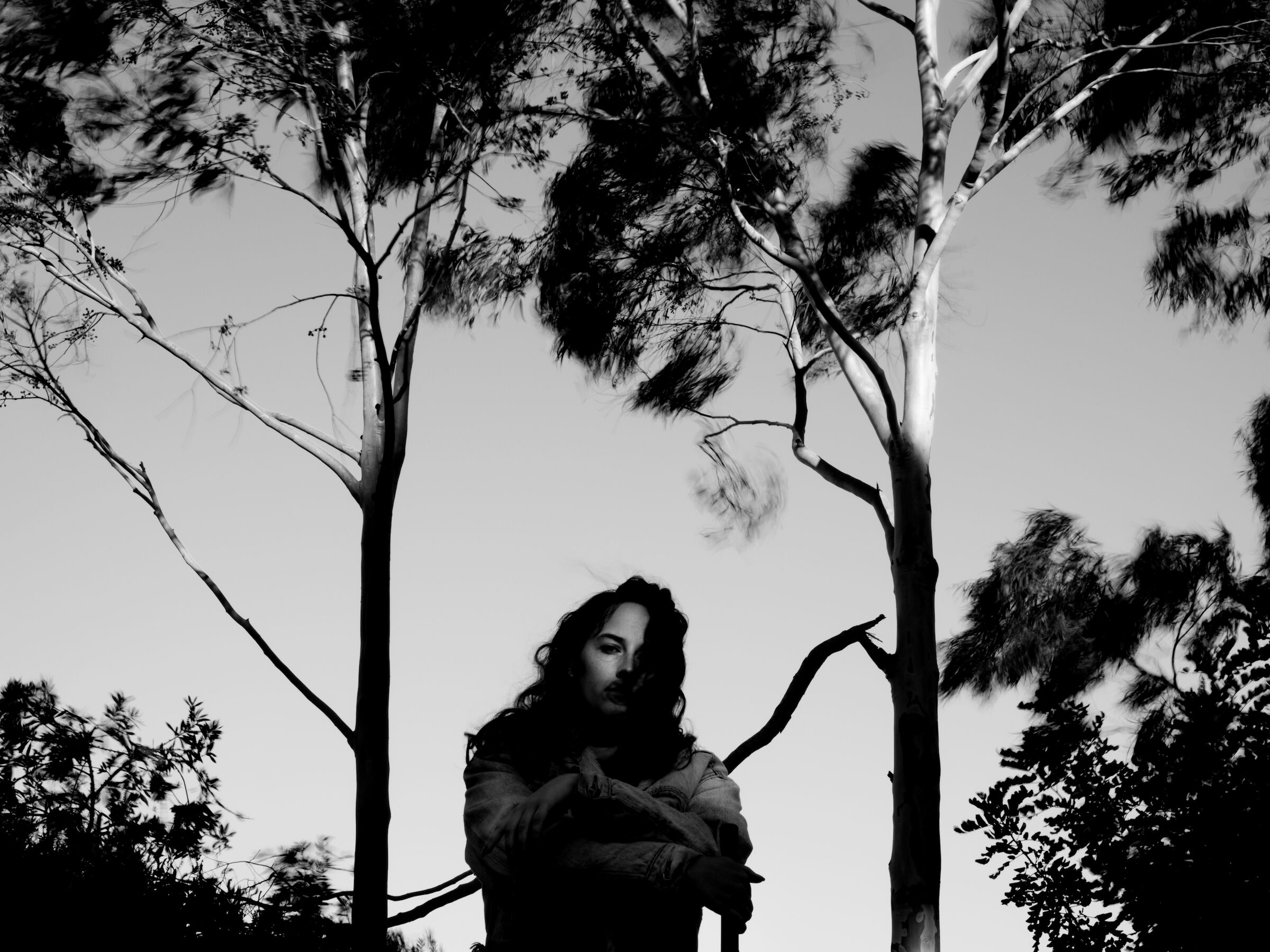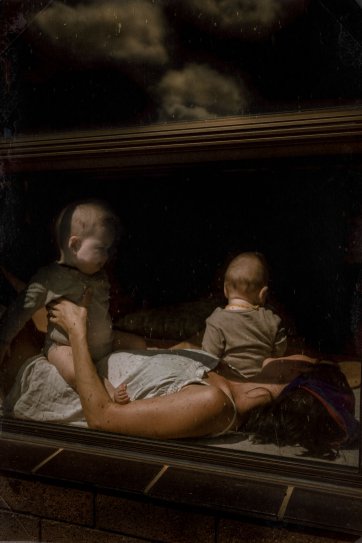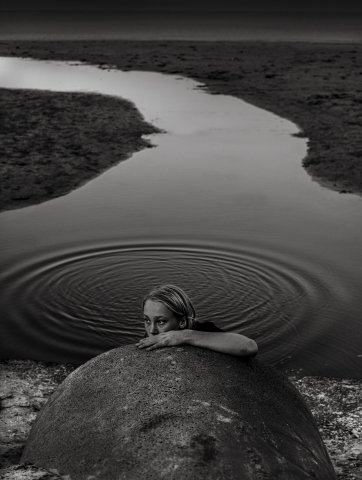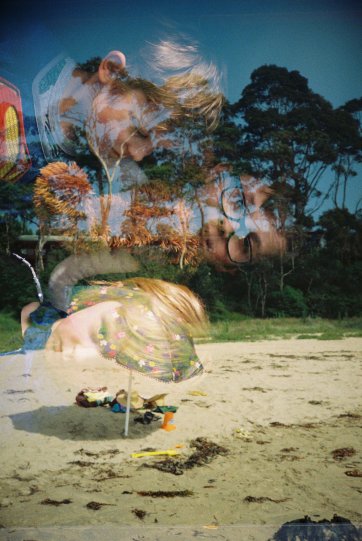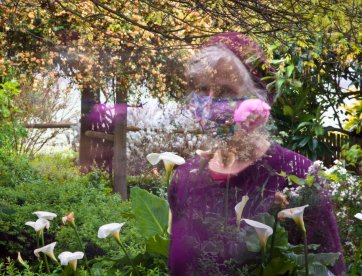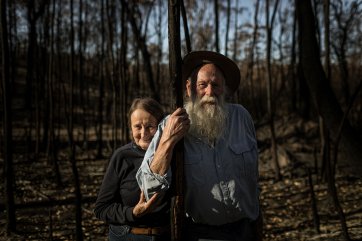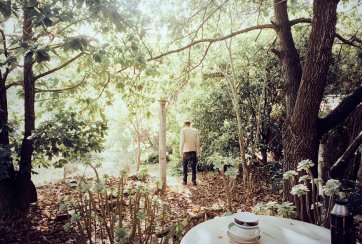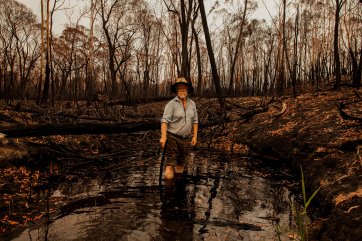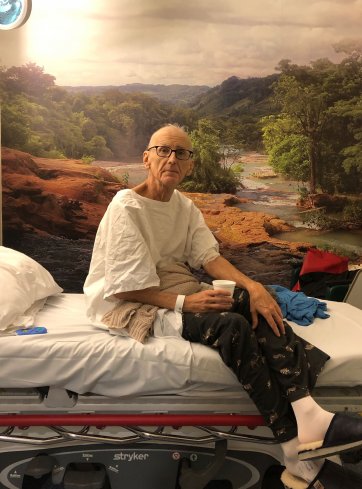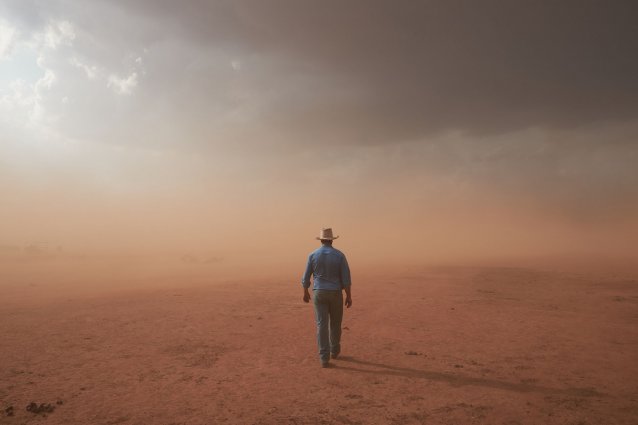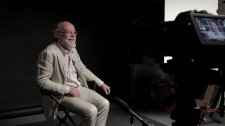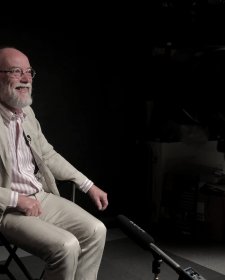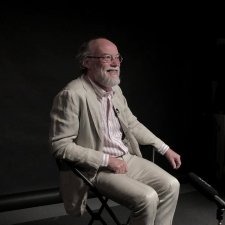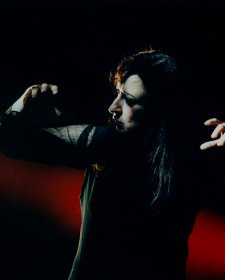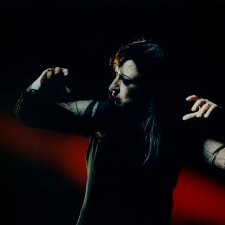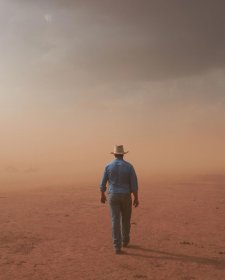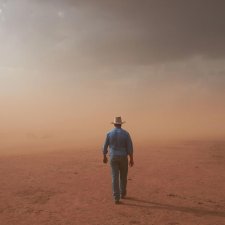The National Photographic Portrait Prize has always drawn forth a candid, instructive expression of Australia. It’s a perennial Portrait Gallery and audience favourite for a reason: each year another delicious portmanteau emerges, featuring an intrigue of our fellows in national composite; and we, the lookers, pupils dilated, get to immerse ourselves in these pictures and their narratives, spanning tones quirky to quotidian, chilling to charming, zealous to zen.
2021 brings us the NPPP’s fourteenth iteration, and — with the cataclysmic events of late 2019 and 2020 in its orbit — conceivably its most significant. Indeed, noting the prize’s identity astride the juncture of photographic portraiture and collective social documentary, it was only apposite to widen its embrace to mark the remarkable. And so Living Memory: National Photographic Portrait Prize 2021 was born. Conceived and named to acknowledge the starkest of times, the Gallery expanded this year’s prize to support our artistic community: it features significantly more finalist works than usual; a new artist support payment, paid to every finalist; an extended exhibition season at the Portrait Gallery in Canberra (31 July – 7 November 2021); and, supplementing the usual suite of winners’ prizes, mentorship opportunities awarded to selected finalists to support photographic career aspirations.
The words that follow summarise the astute observations of esteemed photographer Bill Henson, responding to questions from Portrait Gallery Director Karen Quinlan about this year’s prize. The pair are two of the three judges for Living Memory, with National Gallery of Australia Director Nick Mitzevich the third. References to specific works here are in the context of the judges having just arrived at the shortlist of finalists after viewing thousands of entries on-screen. The subsequent, final adjudicators’ deliberations — to choose the winning photographs — took place shortly before the exhibition opened, and long after this essay was written. After all, as Henson notes, when it comes to that final stage, looking at real objects on gallery walls, ‘things change radically’.
The trio of Living Memory judges started with the mammoth task of having to work through over three thousand entries. It’s a daunting figure, and one which raises the question of what qualities stand out in an image to entice an experienced arbiter. Having judged multiple competitions (‘from Tierra del Fuego to Siberia’), Bill Henson’s take on matters is clear: ‘The thing that I’m looking for most is something which, on repeated viewings, becomes more interesting — perhaps even mesmeric — and the longer you look at it, the more interesting, strange and mysterious it becomes’. Qualifying this mesmeric element, he explains that the critical attraction to a photograph begins with the heart: ‘If you don’t feel anything about something it’s never going to mean much to you. Meaning comes from feeling.’
